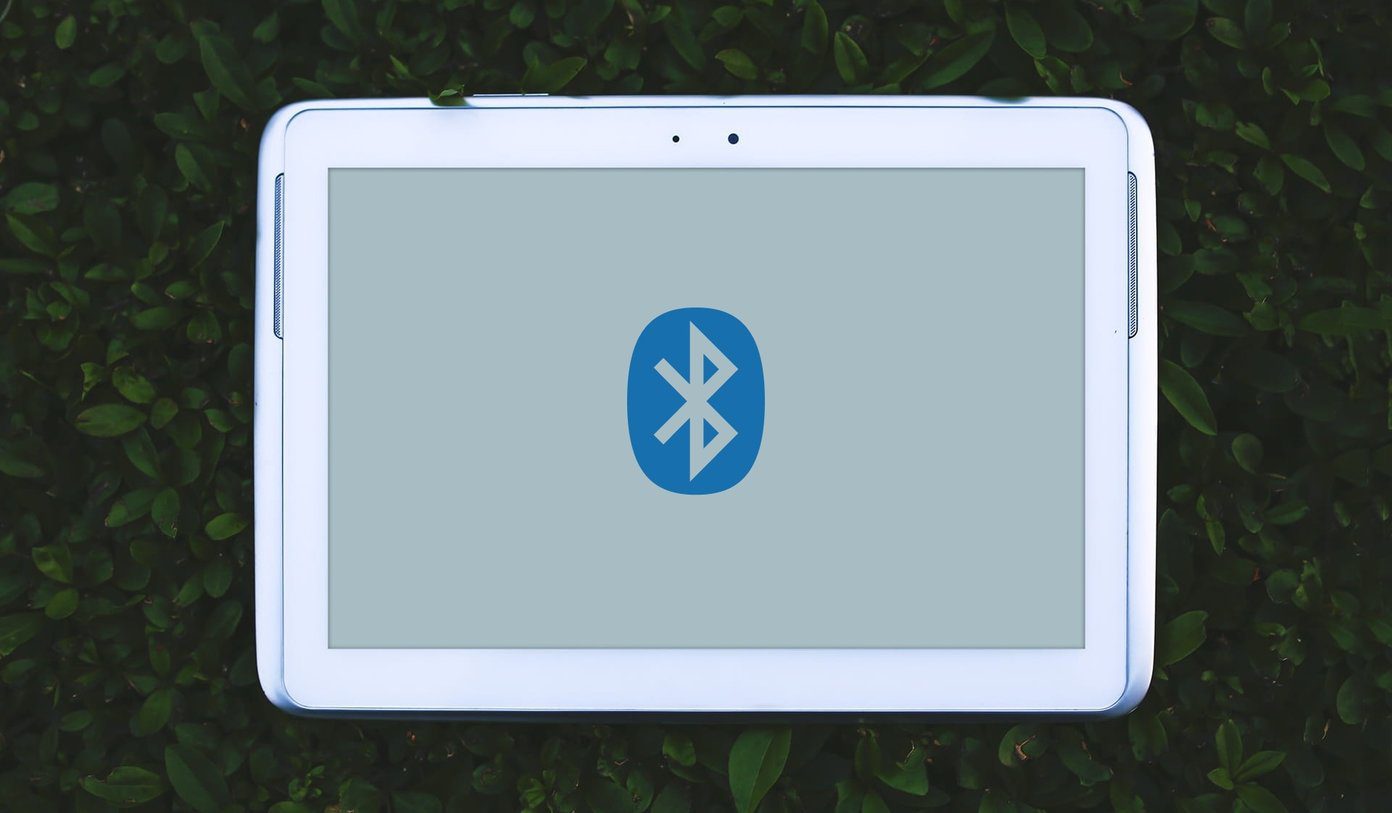Even if you don’t expect problems with your Chromebook, some people like to sacrifice stability for experimentation. You might want to install a developer release or attempt to install Linux. Before you do this, create the recovery media so you can fix any problems that might crop up.
Download the Chromebook Recovery Utility
Step 1: Go to the Chrome Web Store and download the free app on your Chromebook. The utility works on a Mac or PC, but you’ll need to know your Chromebook model number. When you run the app on a Chromebook, it fills in your model number for you (see later).
Step 2: Find a 4 GB or larger USB flash drive or SD card. Since the utility erases your flash media, double check that there’s nothing important on it. I suggest reformatting it on a Mac or PC so you’ll glance through the data before reformatting.
Run the Utility
Step 1: Launch the app. You’ll need an internet connection for this step. The app will download the latest image instead of pulling it from your Chromebook. That’s why in a pinch it’s handy to have this recovery media ready to go. When it launches, click Get started.
Step 2: Identify your Chromebook. If you run the app on the Chromebook you’re recovering from, the app tells you what model you’re running. It’s not what appears on the front of the Chromebook, but rather a long alphanumeric identifier on the bottom of your Chromebook. When you click Continue, the app verifies that you typed a correct model number and shows you a picture of it. If you run this on a Mac or PC, you’ll want to double check that you have the right model for recovery.
Step 3: Prepare your media. Put in your SD card or flash drive and let the app prepare it. The app will ask you what disk to use (most people will have only one) and warn you it’s about to erase it. Take a moment and verify you’re formatting the right disk.
Step 4: Wait for the download. The download depends on internet speeds, but should take less than 15 minutes.
Step 5: Remove the drive. When the app says it is done, you can remove the disk. I recommend keeping it with your Chromebook. I keep mine connected with my Chromebook charger so it’s always with me.
Test Your Recovery Media (Optional)
The app verifies the information on your recovery media for you. For extra peace of mind, you can erase your Chromebook and start from scratch. Step 1: Back up any saved data on your Chromebook’s internal storage. Copy files to your Google Drive or external storage. Step 2: Put your Chromebook in recovery mode. Each model does it in a slightly different way. Most have a small pinhole on the bottom, but Google has a complete guide. Step 3: Connect your Recovery Media. The recovery will begin. No Chromebook? No problem. See how you can run Chrome OS on Windows 8 or 8.1 for a Chromebook-type experience.
Conclusion
Now you’ll always be ready to bring your Chromebook back to life when you have a problem – no internet connection needed after creating the recovery media. The above article may contain affiliate links which help support Guiding Tech. However, it does not affect our editorial integrity. The content remains unbiased and authentic.














